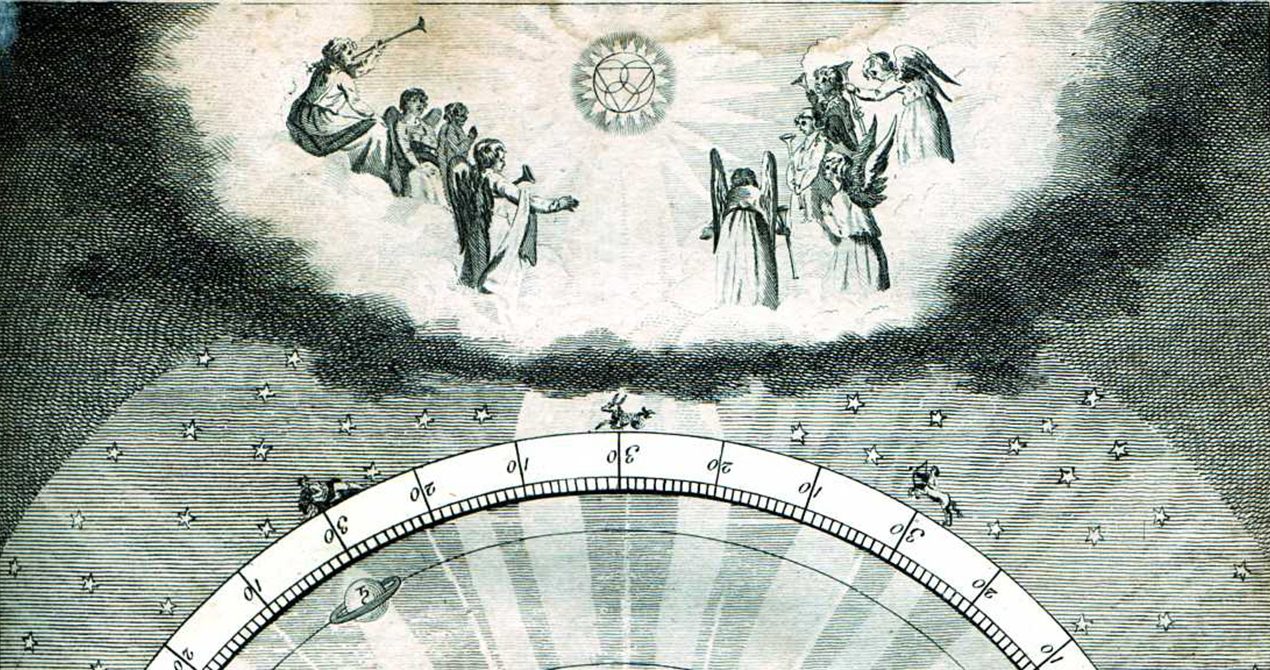Architecture And Music; An Affair That Acts On The Matter
The art of sensitizing the art-space finds a majestic vehicle in the combination of music and architecture
A composition is like a house you can walk around in.
— John Cage
Perhaps music, more than the art of sound, is the art of time. That’s why its communion with space, and architecture, is so often so perfect. When we touch upon this relationship between music and architecture, we’re really speaking not of the meeting of two arts, but of two dimensions– and of their respective original forces. The influence of music on space is palpable. We know that a room, and what happens inside it, can be transformed radically by the musical influences applied to it. But this also happens, as David Byrne has noted, in the other direction: spaces, and their purposes, have inspired and influenced schools of musical thought. Sacred music could hardly have existed without the prior existence of cathedrals and monasteries. Punk simply wouldn’t sound the same without the chaotic, little London clubs of its era.
Music which Acts on the Subject
Numerous studies have analyzed the effects of music at the cellular level: on behavior,
longevity and other aspects of cells. Music has also been documented for its role in the process of neuroplasticity, and in the physical changes undergone by the brain over the course of our lifetimes. Thus, even without appealing to any
‘new-age’ hypotheses warning of the impact of music on the molecular structures of water, we might suggest with some confidence that music has a tangible impact on matter. But if music has this capacity to alter cellular
behavior, or to re-model the human brain, let’s speculate a little on what affect music might have on space–and the depths it can reach.
The Art of Time-Space “I call architecture frozen music”. –Goethe
The German composer, K.H. Stockhausen warned that the space-music relationship is an essential factor in his compositions. During the composition phase, he considered the direction at which sound would travel through space. He found it impossible to dissociate music from physical space, something similar to what happened with Iannis Xenakis, a French-Greek architect who later shined as a musician during the second half of the 20th-century. Spatiality in music, and musicality in architecture, refer to the mathematical essences of both disciplines. The “music of the spheres,” as Pythagoras called it: the music generated, at least philosophically, by the displacement of the stars. It’s interesting to consider that sound needs space to come to life–that is, as a means to the unleashing of its waves. On the other hand, there’s no space, at least not on Earth, that can be fully shielded from the assault of sound. We might then even insist upon following Stockhausen’s example and simply admit that one cannot be separate from the other.
In the middle of a crossroad
Music and architecture meet at a crossroads which, similar to a Zen koan, or the tree which falls in a forest, is perhaps in need of that perceptive ingredient to even exist. That is, they need time, space, and a consciousness which perceives them. So, the next time you listen to music, and you’ll do so inevitably within a physical space, remember that you’re an equal protagonist in one of the deepest of communions.

Related Articles
When ancient rituals became religion
The emergence of religions irreversibly changed the history of humanity. It’s therefore essential to ask when and how did ancient peoples’ rituals become organized systems of thought, each with their
Larung Gar, the valley that is home to thousands of Buddhist monks
If we think about the monastic life it is very probable that we think about solitude, seclusion, silence and a few other qualities whose common denominator is the appropriate isolation for mediation
Dialogue with the Dalai Lama on science and spirituality
The Dalai Lama has been interested in science since he was a child. Over the years he’s visited many laboratories and has attended conferences that discuss consciousness from the scientific point of
A New Year's resolution for the earth
Worrisome quantities of waste are generated by human populations. Especially in cities, these have reached unprecedented and alarming levels. A largely uncontrolled practice, it affects everything on
The Dark Mountain Project: or how literature can confront ecocide
One impulse from a vernal wood May teach you more of man, Of moral evil and of good, Than all the sages can. Wordsworth, “The Tables Turned” (fragment) Words are elementary. The only reason we can
Are there no women in the history of philosophy?
Do only men philosophize? This could sound like a silly question, but if we quickly review the names of philosophers, from Aristotle to Slavoj Žižek, it would appear to be an exercise that is
Things that are about to disappear: photography as environmental conservation
Cristina Mittermeier is the founder of the International League of Conservationist Photography (iLCP), and is at the front of a modern movement to use photography with environmental purposes. Her work
Psycho-geography (On The Ritual Casting of a City)
Mrs. Dalloway walked down the streets of London guided by an “internal tide” that made her stop somewhere, enter a store, turn at the corner and continue her journey, as if she were adrift. La dérive
A Theme Park Inspired by Hayao Miyazaki is About to Open …
One of animation’s most spectacular exponents, Hayao Miyazaki, is the artist who transformed the direction of traditional animation forever.
Machines of the Island: A Bestiary of the Impossible
On the banks of the Loire River, in the former shipyards of the French port of Nantes, Les Machines de l’île (The machines of the island), is an ambitious and colossal project by Francoise Delaroziére










